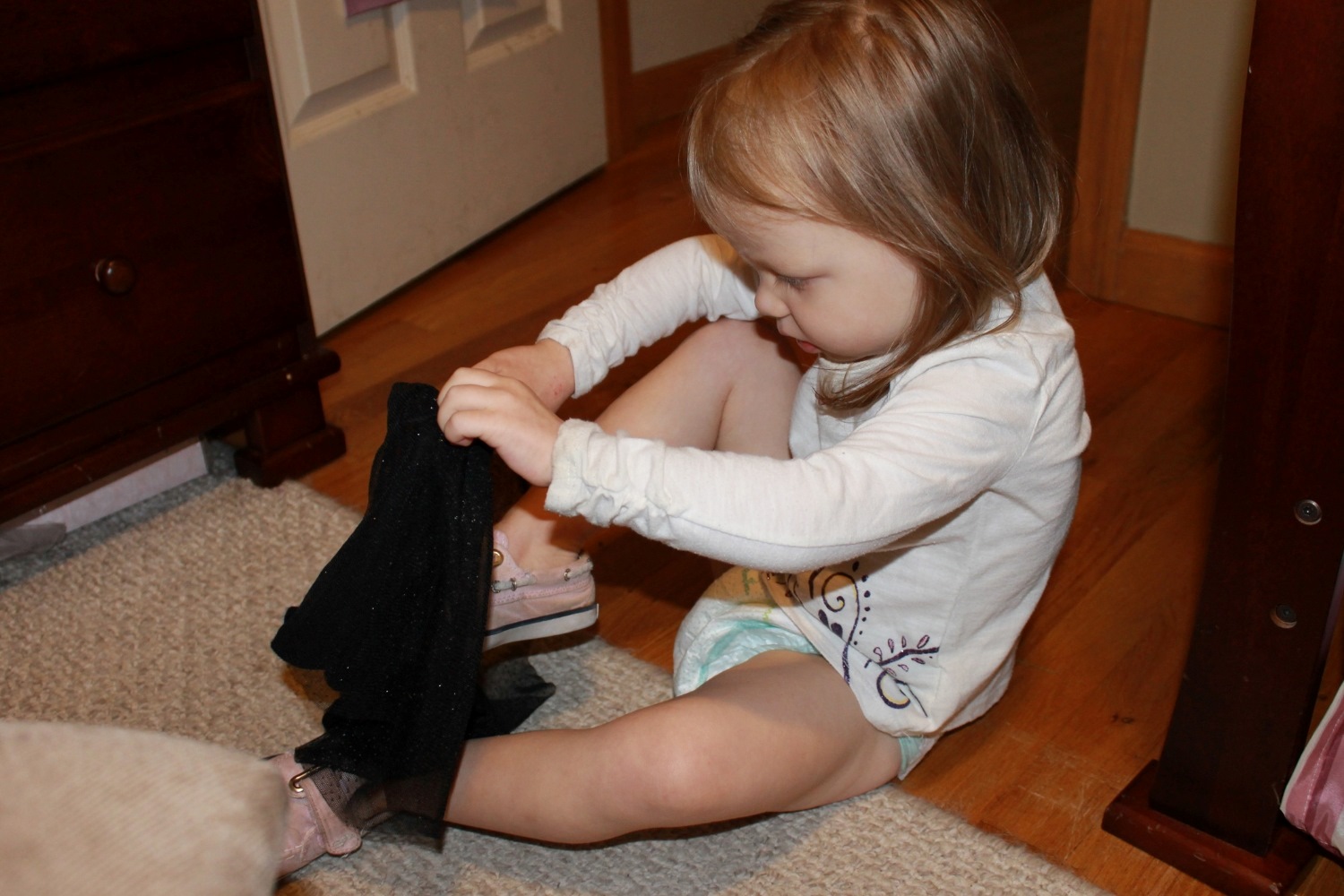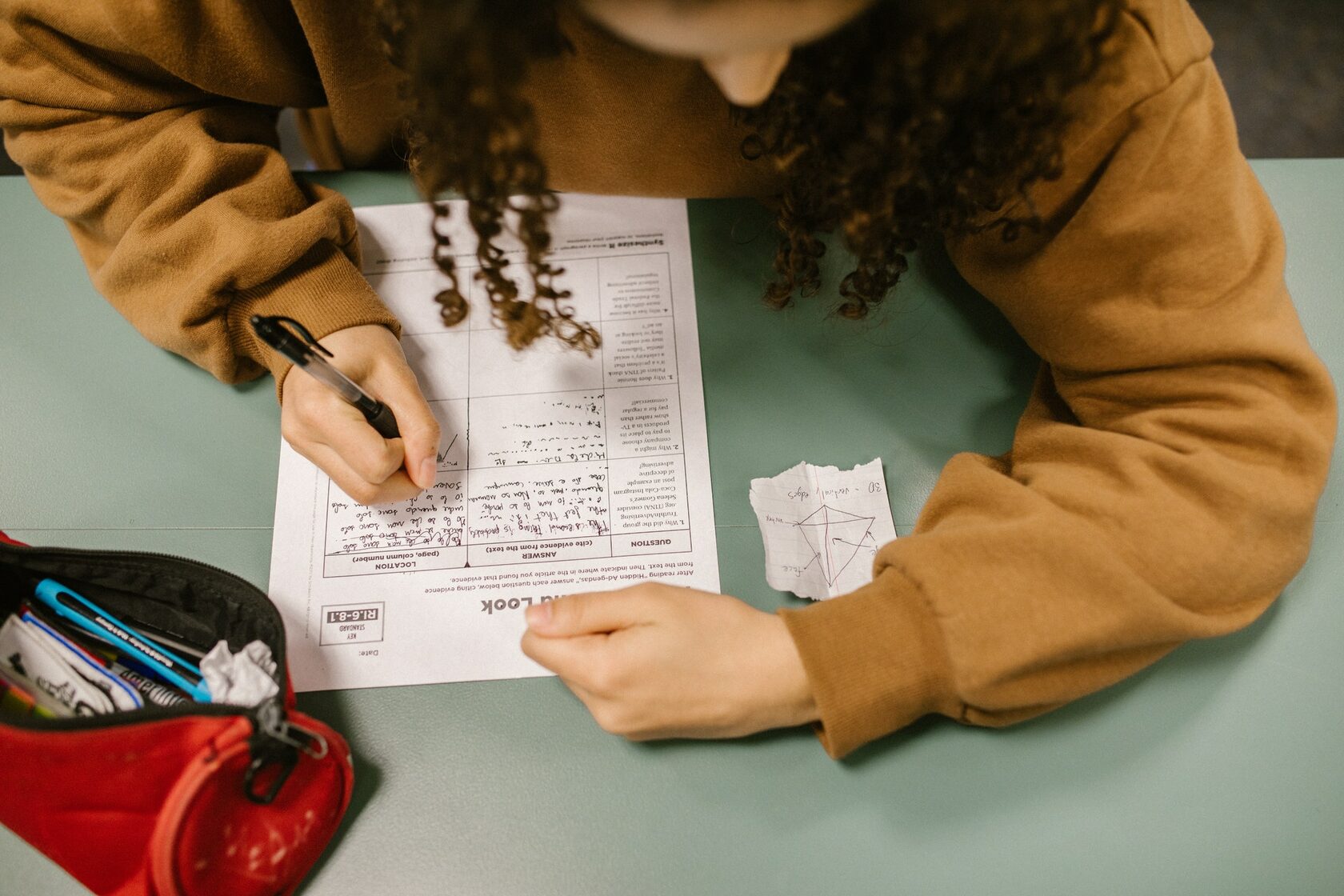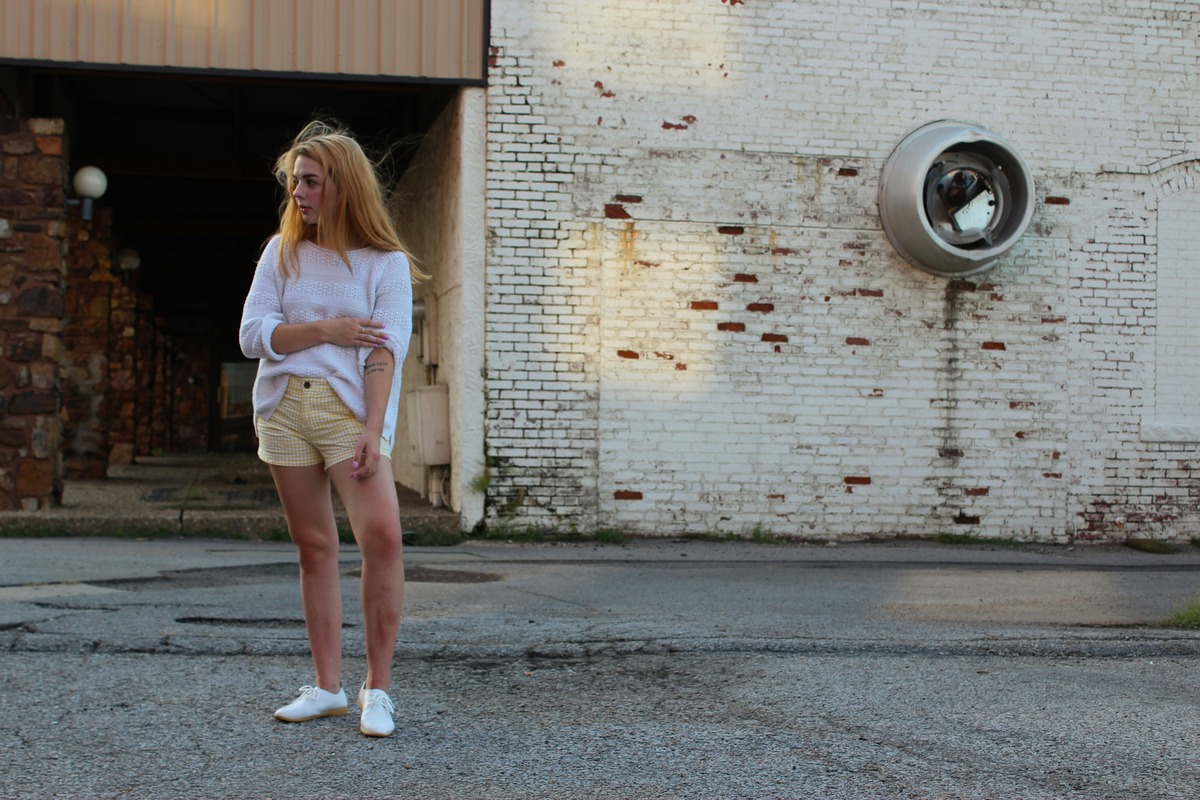Home>Parenting and Children>I’m Potty Trained, But Still Wearing Diapers?! Find Out Why!


Parenting and Children
I’m Potty Trained, But Still Wearing Diapers?! Find Out Why!
Published: February 8, 2024
Discover why some children continue to wear diapers despite being potty trained. Gain valuable parenting insights and tips to navigate this common challenge. Explore effective strategies for supporting your child's development.
(Many of the links in this article redirect to a specific reviewed product. Your purchase of these products through affiliate links helps to generate commission for Noodls.com, at no extra cost. Learn more)
Table of Contents
Introduction
Potty training is a significant milestone in a child's development, marking the transition from diapers to using the toilet independently. It's a proud moment for parents when their little one masters this essential skill. However, some children, even after being potty trained, may continue to request or insist on wearing diapers. This unexpected behavior can leave parents feeling puzzled and wondering about the reasons behind it.
In this article, we'll delve into the various factors that could contribute to a potty-trained child's continued use of diapers. This perplexing situation can stem from a combination of psychological, physical, and behavioral factors. By understanding these underlying reasons, parents and caregivers can better support their child through this phase and address any concerns that may arise.
The journey of parenting is filled with surprises, and navigating through these unexpected moments can be both challenging and rewarding. Let's explore the complexities of a potty-trained child still wearing diapers and gain insights into the possible explanations for this behavior.
Understanding Potty Training
Potty training is a significant developmental milestone in a child's life. It marks the transition from being reliant on diapers to using the toilet independently. This process typically occurs between the ages of 18 months and 3 years, although the timeline varies for each child. Successful potty training involves a combination of physical readiness, cognitive understanding, and emotional preparedness.
Physically, children need to have developed the necessary control over their bladder and bowel movements to effectively use the toilet. This involves being able to recognize the sensation of needing to go and having the motor skills to remove clothing and sit on the toilet. Additionally, cognitive readiness plays a crucial role, as children must understand the concept of using the toilet and recognize the connection between the urge to go and the act of using the toilet. Emotionally, children may also need to feel secure and comfortable with the potty training process, as anxiety or stress can hinder their progress.
Potty training often involves a gradual transition from diapers to underwear, with parents and caregivers providing consistent support and encouragement. This process can include introducing a potty chair, establishing a routine for bathroom visits, and celebrating successes to reinforce positive behavior. Additionally, children may benefit from observing and imitating older siblings or peers who are already using the toilet.
It's important to approach potty training with patience and understanding, recognizing that each child progresses at their own pace. Some children may grasp the concept quickly and adapt to using the toilet with ease, while others may require more time and support. By creating a supportive and encouraging environment, parents and caregivers can help their child navigate this important developmental stage with confidence and positivity.
Reasons for Continued Diaper Use
After successfully completing the potty training process, it can be perplexing for parents when their child expresses a desire to continue wearing diapers. This unexpected behavior may raise concerns and prompt caregivers to seek understanding and solutions. Several factors could contribute to a potty-trained child's continued use of diapers, encompassing psychological, physical, and behavioral aspects.
Psychological Factors
Emotional comfort and security play a significant role in a child's behavior, including their attachment to diapers. For some children, diapers represent a source of familiarity and reassurance, providing a sense of safety during times of anxiety or change. The act of wearing a diaper may offer a comforting routine or a symbolic connection to their earlier stages of development, fostering a sense of emotional stability. Additionally, children may associate diapers with the nurturing care provided by their parents, creating a strong emotional attachment to this aspect of their early childhood.
Physical Factors
In some cases, physical discomfort or sensory sensitivities can contribute to a child's preference for continued diaper use. Children may experience discomfort or unfamiliar sensations when transitioning to underwear, leading them to seek the familiar and predictable feeling of wearing a diaper. Additionally, some children may have heightened sensitivity to the physical act of using the toilet, such as the sensation of sitting on a toilet seat or the sound of flushing, which can influence their reluctance to abandon diapers.
Behavioral Factors
Behavioral patterns and routines established during the potty training phase can also influence a child's continued diaper use. If a child encounters challenges or setbacks during the potty training process, they may develop a reluctance to fully embrace underwear and the responsibilities associated with using the toilet. This hesitation can lead to a prolonged reliance on diapers as a form of security and familiarity. Furthermore, external factors such as changes in routine, environment, or the introduction of new caregivers can impact a child's willingness to transition away from diapers.
Understanding the multifaceted reasons behind a potty-trained child's continued use of diapers is essential for parents and caregivers. By recognizing the psychological, physical, and behavioral factors at play, caregivers can approach this situation with empathy and patience, providing the necessary support to help their child navigate this phase of development. Through open communication, reassurance, and a nurturing approach, caregivers can guide their child towards a smooth transition while addressing any underlying concerns with sensitivity and understanding.
Psychological Factors
Psychological factors play a significant role in a child's behavior, including their attachment to diapers even after being potty trained. For some children, the emotional comfort and security provided by diapers can create a strong psychological attachment. Diapers represent a source of familiarity and reassurance, offering a sense of safety during times of anxiety or change. The act of wearing a diaper may provide a comforting routine or a symbolic connection to their earlier stages of development, fostering a sense of emotional stability.
Children often form strong emotional associations with objects and routines that provide them with a sense of security. The transition from diapers to underwear represents a significant change, and some children may struggle with the emotional adjustment. The familiarity of wearing a diaper can serve as a comforting constant in the midst of various changes and new experiences. It can be likened to a security blanket that offers a sense of stability and reassurance during moments of uncertainty.
Additionally, children may associate diapers with the nurturing care provided by their parents during their early years. The act of being diapered is often accompanied by loving and attentive interactions with caregivers, creating a strong emotional bond between the child, their caregivers, and the diapering routine. This emotional connection can contribute to a child's reluctance to part ways with diapers, as it represents a tangible link to the care and affection they have received since infancy.
Furthermore, the psychological aspect of a child's attachment to diapers can be linked to their growing independence and autonomy. Wearing a diaper may serve as a form of self-soothing and emotional regulation, allowing the child to assert a degree of control over their emotions and experiences. The familiar sensation of wearing a diaper can provide a sense of comfort and security, particularly during moments of stress or uncertainty.
Understanding the psychological factors that underpin a child's continued preference for diapers is essential for parents and caregivers. By recognizing the emotional significance of diapers and the sense of security they provide, caregivers can approach this situation with empathy and understanding. Acknowledging and addressing the psychological aspects of a child's attachment to diapers can pave the way for a supportive and nurturing approach to guiding them through this phase of development.
Physical Factors
Physical factors can significantly influence a child's preference for continued diaper use even after being potty trained. Sensory sensitivities and discomfort related to the transition from diapers to underwear can play a pivotal role in shaping a child's behavior and choices.
Children may experience discomfort or unfamiliar sensations when transitioning to underwear. The shift from the soft, familiar texture of diapers to the different feel of underwear can be a source of physical discomfort for some children. The elastic waistbands, seams, and different fabric textures of underwear may feel foreign and unsettling, leading children to seek the predictable and familiar sensation of wearing a diaper.
Additionally, some children may exhibit heightened sensory sensitivities, making the transition to using the toilet a challenging experience. Sensory processing differences can manifest in various ways, impacting a child's comfort level with the physical aspects of using the toilet. Sensitivity to the sensation of sitting on a toilet seat, the sound of flushing, or the temperature changes in the bathroom can contribute to a child's reluctance to abandon diapers.
Furthermore, the act of using the toilet involves a series of sensory experiences that may overwhelm some children. The change in body position, the sensation of voiding, and the exposure to new sounds and smells can be disconcerting for children who are sensitive to sensory stimuli. As a result, they may exhibit a strong preference for the familiar and predictable experience of wearing a diaper.
It's important for parents and caregivers to recognize the physical factors that can influence a child's continued use of diapers. By understanding the sensory sensitivities and discomfort that may accompany the transition to underwear, caregivers can approach this situation with empathy and patience. Creating a supportive environment that addresses the child's sensory needs and comfort can facilitate a smoother transition away from diapers, promoting their confidence and well-being.
Understanding the physical factors at play empowers parents and caregivers to provide the necessary support and accommodations for their child as they navigate this phase of development. By acknowledging and addressing the physical aspects of a child's reluctance to part ways with diapers, caregivers can guide them towards a positive and comfortable transition while fostering a nurturing and understanding environment.
Behavioral Factors
Behavioral factors play a crucial role in a potty-trained child's continued use of diapers. These factors encompass the behavioral patterns, routines, and external influences that can impact a child's transition away from diapers.
During the potty training process, children may encounter challenges or setbacks that influence their attitude towards using the toilet independently. If a child experiences accidents or struggles with the mechanics of using the toilet, they may develop a reluctance to fully embrace underwear and the responsibilities associated with potty training. This hesitation can lead to a prolonged reliance on diapers as a form of security and familiarity.
Additionally, changes in routine, environment, or the introduction of new caregivers can impact a child's willingness to transition away from diapers. Children thrive on routine and predictability, and disruptions to their established potty training routine can create uncertainty and anxiety. The presence of new caregivers or changes in the caregiving environment can influence a child's comfort level with using the toilet, potentially leading to a preference for continued diaper use.
Furthermore, a child's behavioral response to the expectations and pressures associated with potty training can shape their attitude towards using the toilet. If a child perceives potty training as a source of stress or pressure, they may exhibit resistance towards embracing underwear and fully committing to the toilet training process. This resistance can manifest as a continued preference for diapers, as they provide a sense of familiarity and security amidst the perceived challenges of using the toilet.
Understanding the behavioral factors that contribute to a child's continued use of diapers is essential for parents and caregivers. By recognizing the impact of behavioral patterns, routines, and external influences, caregivers can approach this situation with empathy and understanding. Addressing any challenges or anxieties related to potty training and creating a supportive, nurturing environment can help guide the child towards a smooth transition away from diapers.
By acknowledging and addressing the behavioral aspects of a child's reluctance to part ways with diapers, caregivers can empower the child to embrace their growing independence and confidently navigate the transition to using the toilet independently. This approach fosters a positive and supportive environment that prioritizes the child's emotional well-being and developmental progress.
Conclusion
In conclusion, the continued use of diapers by a potty-trained child can stem from a complex interplay of psychological, physical, and behavioral factors. Understanding the multifaceted nature of this behavior is crucial for parents and caregivers, as it allows for a more empathetic and supportive approach to guiding the child through this phase of development.
Psychologically, diapers can represent a source of emotional comfort and security for children, serving as a familiar and reassuring element amidst the transitions and challenges of early childhood. The attachment to diapers reflects the child's need for stability and emotional support as they navigate new experiences and changes in their routine.
Physically, sensory sensitivities and discomfort related to the transition from diapers to underwear can influence a child's preference for continued diaper use. Acknowledging and addressing these physical factors is essential in creating a supportive environment that promotes the child's comfort and confidence as they transition away from diapers.
Behaviorally, the child's response to the demands and expectations of potty training, as well as disruptions in routine and caregiving, can impact their willingness to embrace underwear and fully commit to the toilet training process. By recognizing and addressing these behavioral factors, caregivers can alleviate the child's anxieties and create a nurturing environment conducive to successful toilet training.
In navigating the complexities of a potty-trained child still wearing diapers, it is essential for parents and caregivers to approach the situation with patience, empathy, and understanding. Open communication, reassurance, and a supportive approach can empower the child to embrace their growing independence while addressing any underlying concerns with sensitivity and compassion.
Ultimately, the journey of parenting is filled with unexpected moments and challenges, and the continued use of diapers by a potty-trained child is a testament to the individuality and unique needs of each child. By embracing this phase with empathy and understanding, parents and caregivers can guide their child towards a smooth and confident transition, fostering a positive and nurturing environment that prioritizes the child's emotional well-being and developmental progress.













